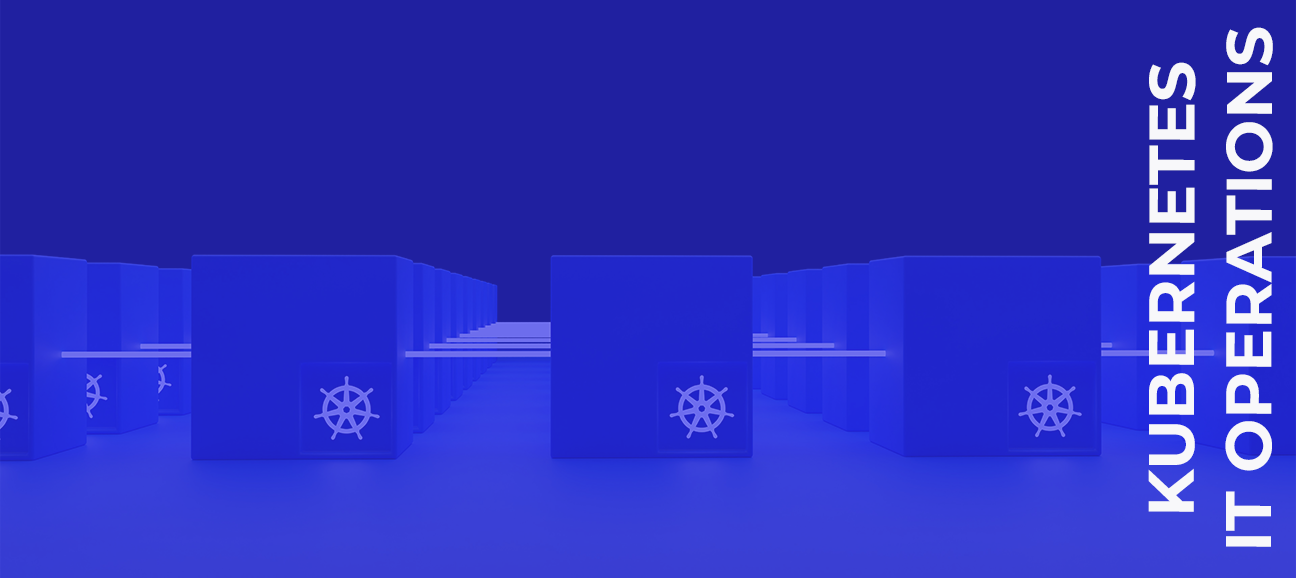Don’t miss out! To continue reading this article become a Knowledge Exchange member for free and unlimited access to Knowledge Exchange content and key IT trends and insights.

Kubernetes is an open-source platform for managing containerised workloads and services. It's versatile, easy to configure, and has a growing ecosystem with plenty of support and tools. Originally developed by Google and released as open-source in 2014, Kubernetes has become the de facto standard for container orchestration in modern IT environments.
Don’t miss out! To continue reading this article become a Knowledge Exchange member for free and unlimited access to Knowledge Exchange content and key IT trends and insights.
At its core, Kubernetes provides a framework for running distributed systems resiliently. It manages clusters of containers, ensuring that applications are always running as intended, even in the face of failures or increased demand. Kubernetes abstracts much of the complexity of managing containerised workloads, allowing IT teams to focus on developing and improving their applications rather than worrying about the underlying infrastructure.
Kubernetes is renowned for its comprehensive suite of features indispensable for modern IT operations. Here's an overview of what makes Kubernetes a go-to platform for managing containerised systems:
One of the key benefits of is its ability to automatically scale the number of containers up or down based on operational demands. This flexibility allows organisations to efficiently use resources and respond quickly to traffic spikes, ensuring optimal performance without over-provisioning.
The platform is designed with resilience in mind, offering automated solutions such as restarting failed containers, replacing or rescheduling containers on failing nodes, and removing containers that fail health checks.
Kubernetes simplifies the exposure of containers to the internet or other services in the network through DNS names or IP addresses. It adeptly manages network traffic distribution to ensure consistent service availability and performance.
With Kubernetes, automatic mounting of various storage systems becomes seamless, whether they're sourced locally, from public cloud providers, or network storage solutions. This feature is crucial for applications that require persistent data storage or share data between containers.
The platform offers a secure way to handle sensitive information such as passwords, OAuth tokens, and SSH keys. Through Kubernetes, sensitive information is efficiently managed and made accessible to containers without the need to rebuild container images, enhancing both security and convenience.
One of the key benefits of Kubernetes is its ability to automate the deployment process. Using declarative configuration files, teams can define the desired state of their applications and let Kubernetes handle the rest. This approach not only reduces manual errors but also ensures consistency across environments. Kubernetes excels at dynamic scaling, automatically adjusting the number of running containers based on demand. This elasticity allows organizations to efficiently utilize resources and respond quickly to traffic spikes, ensuring optimal performance without over-provisioning.
By efficiently packing containers onto nodes, Kubernetes maximizes resource utilization. Its intelligent scheduling system considers factors such as CPU, memory, and storage requirements to place containers optimally across the cluster. This leads to significant cost savings and improved overall efficiency.
Kubernetes abstracts away much of the complexity involved in managing containerized applications. Features like rolling updates and rollbacks make it easy to deploy new versions of applications with minimal downtime. Self-healing capabilities automatically restart failed containers or replace unhealthy nodes, reducing the burden on operations teams.
Kubernetes integrates seamlessly with popular monitoring and logging tools, providing deep insights into application performance and cluster health. This observability is crucial for proactive issue detection and rapid troubleshooting.
With its built-in service discovery and load balancing features, Kubernetes simplifies network management. It automatically assigns IP addresses to containers and provides DNS-based service discovery, making it easier to manage communication between microservices.
Kubernetes embraces the concept of Infrastructure as Code (IaC) through its declarative configuration model. This approach allows teams to version control their infrastructure definitions, enabling better collaboration and easier auditing of changes.
Organizations across various industries have reported significant improvements in their IT operations after adopting Kubernetes:
Kubernetes has become an indispensable tool for modern IT operations, offering a powerful platform for managing containerized workloads at scale. By automating many aspects of application deployment and management, Kubernetes allows IT teams to focus on innovation rather than mundane operational tasks. As containerization continues to gain momentum, mastering Kubernetes will be crucial for organizations looking to stay competitive in the digital age. The streamlined operations, improved resource utilization, and enhanced scalability provided by Kubernetes make it a cornerstone technology for efficient and agile IT operations.
[/um_loggedin]